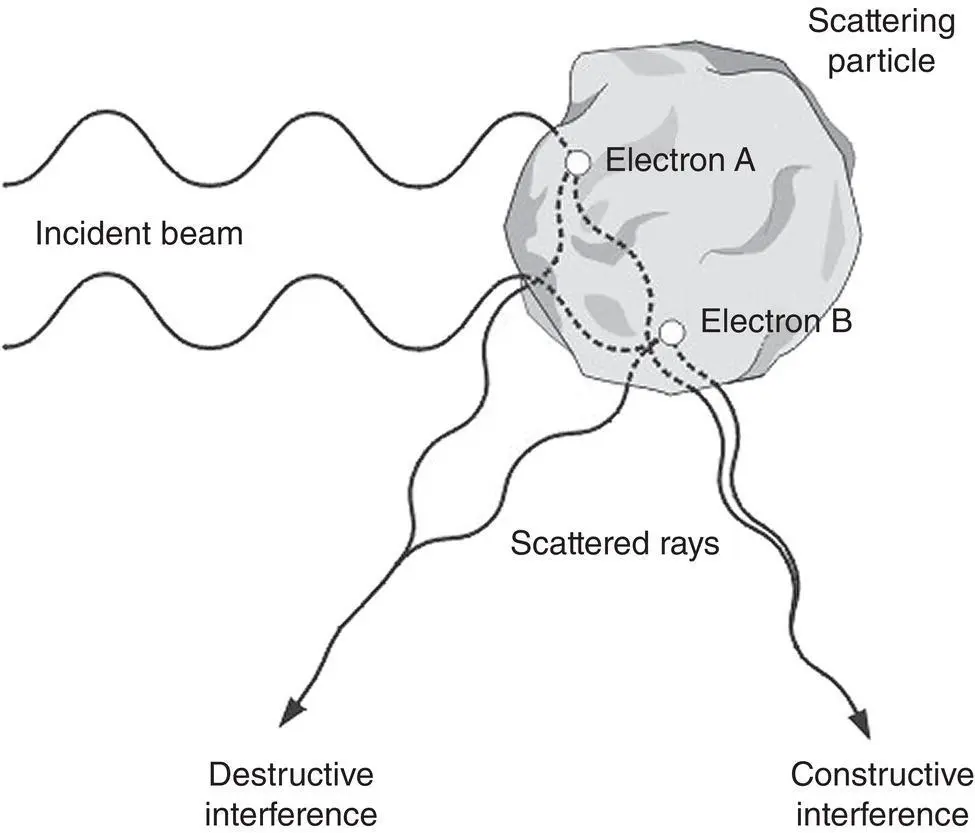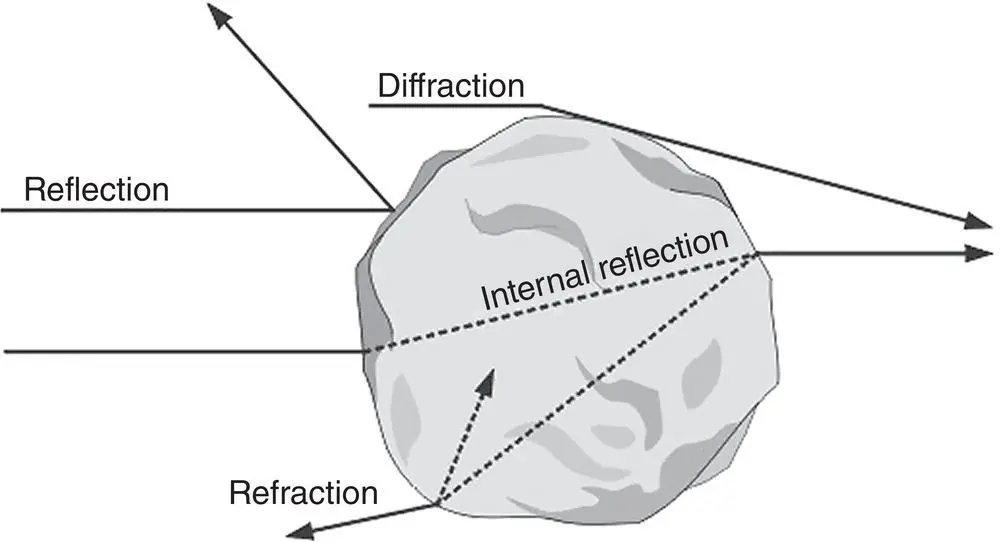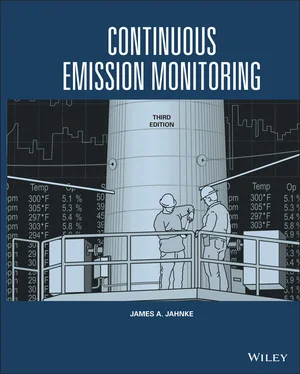James A. Jahnke - Continuous Emission Monitoring
Здесь есть возможность читать онлайн «James A. Jahnke - Continuous Emission Monitoring» — ознакомительный отрывок электронной книги совершенно бесплатно, а после прочтения отрывка купить полную версию. В некоторых случаях можно слушать аудио, скачать через торрент в формате fb2 и присутствует краткое содержание. Жанр: unrecognised, на английском языке. Описание произведения, (предисловие) а так же отзывы посетителей доступны на портале библиотеки ЛибКат.
- Название:Continuous Emission Monitoring
- Автор:
- Жанр:
- Год:неизвестен
- ISBN:нет данных
- Рейтинг книги:4 / 5. Голосов: 1
-
Избранное:Добавить в избранное
- Отзывы:
-
Ваша оценка:
- 80
- 1
- 2
- 3
- 4
- 5
Continuous Emission Monitoring: краткое содержание, описание и аннотация
Предлагаем к чтению аннотацию, описание, краткое содержание или предисловие (зависит от того, что написал сам автор книги «Continuous Emission Monitoring»). Если вы не нашли необходимую информацию о книге — напишите в комментариях, мы постараемся отыскать её.
The new edition of the only single-volume reference on both the regulatory and technical aspects of U.S. and international continuous emission monitoring (CEM) systems Continuous Emission Monitoring
Continuous Emission Monitoring:
Continuous Emission Monitoring, Third Edition
Continuous Emission Monitoring — читать онлайн ознакомительный отрывок
Ниже представлен текст книги, разбитый по страницам. Система сохранения места последней прочитанной страницы, позволяет с удобством читать онлайн бесплатно книгу «Continuous Emission Monitoring», без необходимости каждый раз заново искать на чём Вы остановились. Поставьте закладку, и сможете в любой момент перейти на страницу, на которой закончили чтение.
Интервал:
Закладка:
Particles smaller than about 0.1 μm will scatter visible light by Rayleigh scattering. In this case, the electric field of light interacts with electrons within the particle molecules.
The electrons are correspondingly accelerated in their motion in the molecule. It is a phenomenon of nature that an accelerated electron will emit electromagnetic radiation in all directions. The net effect is that the oscillating electron scatters light out of the light beam. Due to this phenomenon, small particles (<0.1 μm) are very effective in scattering visible light.
Mie Scattering: r /λ = 1
As the particle size increases relative to the wavelength, the molecular electrons throughout the particle no longer see a uniform field. The intensity and field direction vary at different points within the particle and the electrons will accelerate in different directions, generating a complex scattering pattern. In fact, the scattered light waves can add together constructively or can subtract destructively as they come from the separate locations within the particle. This can lead to light scattering to the back, to the side, and to the front of the particle as shown in Figure 4‐11.
The size range of pollutant particles emitted to the atmosphere often corresponds to the wavelengths of visible light (400–700 nm). Bag houses and electrostatic precipitators used to control the emission of particulate matter will effectively collect particles that are greater than 1 μm (1000 nm) in diameter. It is more difficult, however, to collect particles in the submicron range (<1 μm). These are the particles that will have a higher probability of escaping into the atmosphere. Visible light scattering from these particles is, therefore, typically due to Mie scattering.

Figure 4‐11 Mie scattering. Destructive and constructive interference of light waves scattered from molecular electrons when the particle radius and light wavelength are comparable.
Geometric Optics: r /λ ≥ 1
Particles in the size range of 20 or more times the wavelength can be described by using concepts of geometrical optics. The incident beam of light can be thought of as being composed of separate rays that interact with the particle. This interaction can be in the form of reflection, refraction, or diffraction processes ( Figure 4‐12).
Reflection is a surface effect in which, without entering the particle, the light ray changes the direction after striking it. Reflection will occur if the depth of particle surface irregularities is small relative to the wavelength of light. Light refraction occurs after light enters the particle. Its speed and direction change because of the change in the optical characteristics (refractive index) of the material. Once light has entered the particle, it can also reflect internally. Diffraction is the bending of light around an object caused by interference effects at the particle surface.

Figure 4‐12 Light scattering from large particles ( r / λ≥1) where geometrical optics apply.
Scattering phenomena have been emphasized here, but it should be noted that particles can also absorb light energy, as do gaseous molecules. When light of a specific wavelength resonates with the molecular electrons contained in the particle, it will cause the electrons to jump from one energy state to another. As stated earlier, only light wavelengths that correspond exactly to the molecular energy levels will be absorbed to impart energy to the molecule. As a result, light is again lost from the incident beam.
Opacity and Transmittance
Transmission of light through a flue gas that contains particulate matter will be reduced through a combination of scattering and absorption processes. Scattering and absorption of light by a stack plume gives rise to its opacity, its opaqueness to light transmission.
If light is not able to penetrate through a plume, the plume is said to be opaque – the opacity of the plume is 100%. Transmittance and opacity can be related as follows:
(4‐7) 
Therefore, if a plume or object is 100% opaque, the light transmittance through it is zero. If it is not opaque, but has zero percent opacity, the light transmittance would correspondingly be 100%. A stack gas or plume will rarely have either zero or 100% opacity, but will have some intermediate value. Opacity standards are typically set at 20%, but can range from 0 to 40% opacity, depending upon the policies of the regulatory agency.
Bouguer's Law
Particle scattering and absorption effects can be treated in a manner similar to that in the previous discussion on light absorption by gas molecules. Similar to the Beer–Lambert law, Bouguer's law is used when discussing particle scattering. Bouguer's law states that transmittance decreases exponentially by the product naQL , as shown in Equation 4‐8.
(4‐8) 
where n = number concentration of the particles
a = projected area of the particles
Q = particle extinction coefficient
L = length of the light path through the flue gas
The expression was first stated by P. Bouguer in 1760 and later rediscovered by Lambert. In deference to the earlier work of Bouguer, it has become customary in the field of opacity monitoring to call it Bouguer's law (Middleton 1968).
Q is the particle extinction coefficient, which is dependent on the wavelength and expresses how the particle of size a scatters and absorbs light of wavelength λ. It is analogous to the absorption cross section σ (λ), discussed previously. Theoretically, it should be possible to calculate the opacity from first principles using Equation 4‐8. Because there are usually particles with more than one size in a flue gas, the particle size distribution and the Mie scattering coefficients need to be determined for each size particle. The data demands and calculation difficulties make this approach impractical although attempts have been made in the past (Ensor and Pilat 1971; Pilat and Ensor 1970; Thielke and Pilat 1978). Equation 4‐8is overly simplified, being expressed for particles of only one size (see Jahnke (1984) for more detailed expressions).
Bouguer's law is an exponential relationship between transmittance and particulate matter concentration and is somewhat difficult to use in stack emission calculations. Another expression, called “optical density,” is used in opacity monitor specifications and calculations. It is related to opacity as follows:
(4‐9) 
Optical density is useful in emission calculations because it is directly proportional to the particulate concentration, as shown in the following derivation.
First, taking the natural logarithm of both sides of Equation 4‐8gives
Читать дальшеИнтервал:
Закладка:
Похожие книги на «Continuous Emission Monitoring»
Представляем Вашему вниманию похожие книги на «Continuous Emission Monitoring» списком для выбора. Мы отобрали схожую по названию и смыслу литературу в надежде предоставить читателям больше вариантов отыскать новые, интересные, ещё непрочитанные произведения.
Обсуждение, отзывы о книге «Continuous Emission Monitoring» и просто собственные мнения читателей. Оставьте ваши комментарии, напишите, что Вы думаете о произведении, его смысле или главных героях. Укажите что конкретно понравилось, а что нет, и почему Вы так считаете.












